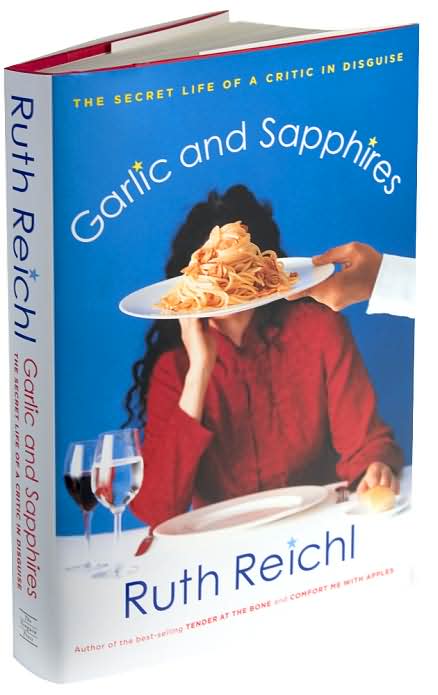For cookies
- 1 1/8 cups all-purpose flour
- 1 teaspoon cinnamon
- 1/2 teaspoon baking soda
- 1/2 teaspoon salt
- 1 stick (1/2 cup) unsalted butter, softened
- 1/3 cup plus 2 tablespoons packed light brown sugar
- 1/3 cup plus 2 tablespoons granulated sugar
- 1 large egg
- 1/2 teaspoon vanilla
- 1 cup coarsely grated carrots (2 medium)
- 1 scant cup walnuts (3 oz), chopped
- 1/2 cup raisins (2 1/2 oz)
For frosting
- 8 oz cream cheese
- 1/4 cup honey
Put oven racks in upper and lower thirds of oven and preheat oven to 375°F. Butter 2 baking sheets.
Whisk together flour, cinnamon, baking soda, and salt in a bowl.

Beat together butter, sugars, egg, and vanilla in a bowl with an electric mixer at medium speed until pale and fluffy, about 2 minutes. Mix in carrots, nuts, and raisins at low speed, then add flour mixture and beat until just combined.
Drop 1 1/2 tablespoons batter per cookie 2 inches apart on baking sheets and bake, switching position of sheets halfway through baking, until cookies are lightly browned and springy to the touch, 12 to 16 minutes total. Cool cookies on sheets on racks 1 minute, then transfer cookies to racks to cool completely.
While cookies are baking, blend cream cheese and honey in a food processor until smooth.
Sandwich flat sides of cookies together with a generous tablespoon of cream cheese filling in between.
Makes about 13 cookies.
—
Substitutions: I used 100% whole wheat flour in place of the AP and only granulated sugar because I did not have any brown sugar on hand. I did not add walnuts because I prefer my cookies without nuts.





 About: As the New York Times‘s restaurant critic for most of the 1990s, Reichl had what some might consider the best job in town; among her missions were evaluating New York City’s steakhouses, deciding whether Le Cirque deserved four stars and tracking down the best place for authentic Chinese cuisine in Queens. Thankfully, the rest of us can live that life vicariously through this vivacious, fascinating memoir. The book—Reichl’s third—lifts the lid on the city’s storied restaurant culture from the democratic perspective of the everyday diner. Reichl creates wildly innovative getups, becoming Brenda, a red-haired aging hippie, to test the food at Daniel; Chloe, a blonde divorcée, to evaluate Lespinasse; and even her deceased mother, Miriam, to dine at 21. Such elaborate disguises—which include wigs, makeup, thrift store finds and even credit cards in other names—help Reichl maintain anonymity in her work, but they also do more than that. “Every restaurant is a theater,” she explains. Each one “offer[s] the opportunity to become someone else, at least for a little while. Restaurants free us from mundane reality.” Reichl’s ability to experience meals in such a dramatic way brings an infectious passion to her memoir. Reading this work—which also includes the finished reviews that appeared in the newspaper, as well as a few recipes—ensures that the next time readers sit down in a restaurant, they’ll notice things they’ve never noticed before.
About: As the New York Times‘s restaurant critic for most of the 1990s, Reichl had what some might consider the best job in town; among her missions were evaluating New York City’s steakhouses, deciding whether Le Cirque deserved four stars and tracking down the best place for authentic Chinese cuisine in Queens. Thankfully, the rest of us can live that life vicariously through this vivacious, fascinating memoir. The book—Reichl’s third—lifts the lid on the city’s storied restaurant culture from the democratic perspective of the everyday diner. Reichl creates wildly innovative getups, becoming Brenda, a red-haired aging hippie, to test the food at Daniel; Chloe, a blonde divorcée, to evaluate Lespinasse; and even her deceased mother, Miriam, to dine at 21. Such elaborate disguises—which include wigs, makeup, thrift store finds and even credit cards in other names—help Reichl maintain anonymity in her work, but they also do more than that. “Every restaurant is a theater,” she explains. Each one “offer[s] the opportunity to become someone else, at least for a little while. Restaurants free us from mundane reality.” Reichl’s ability to experience meals in such a dramatic way brings an infectious passion to her memoir. Reading this work—which also includes the finished reviews that appeared in the newspaper, as well as a few recipes—ensures that the next time readers sit down in a restaurant, they’ll notice things they’ve never noticed before.